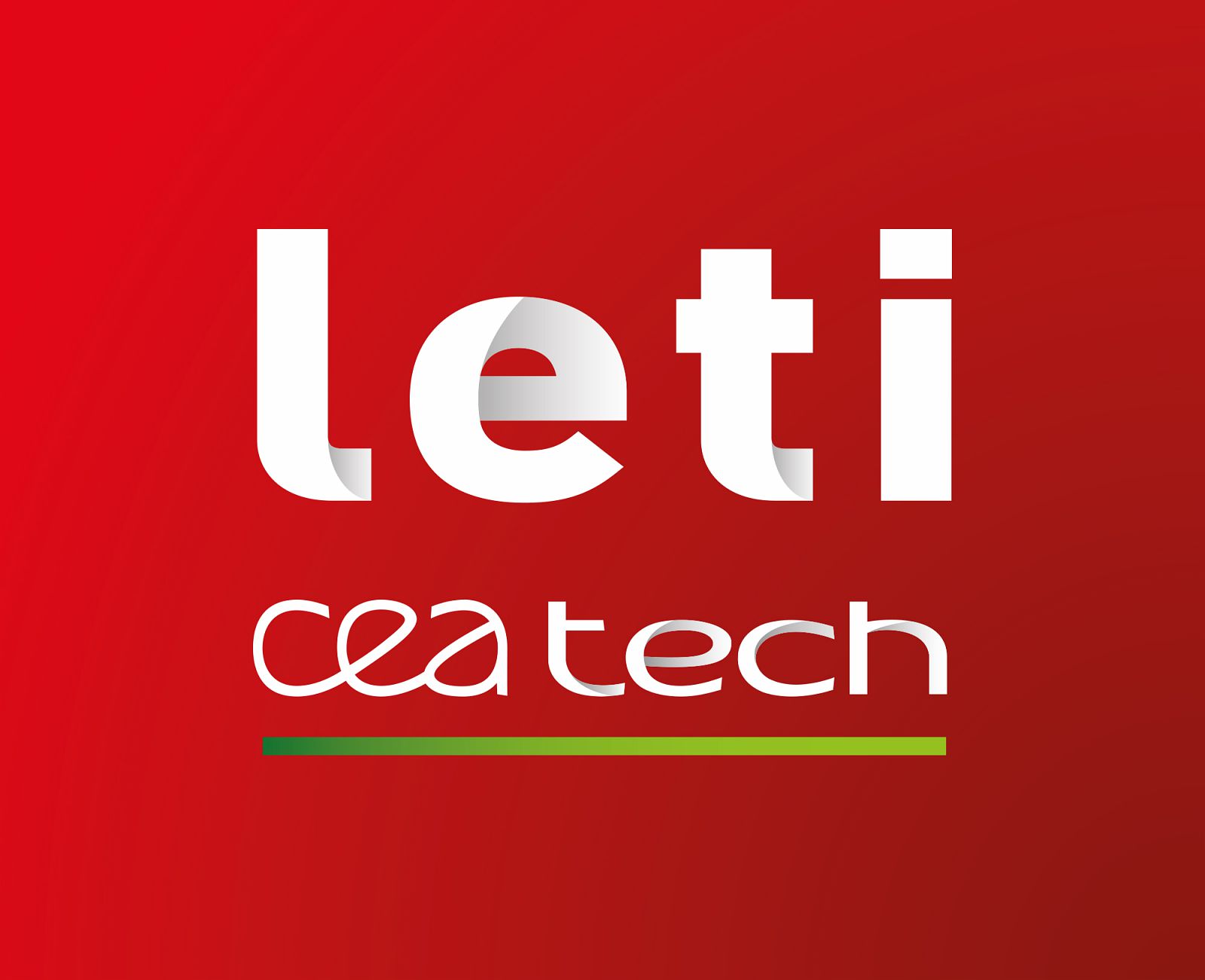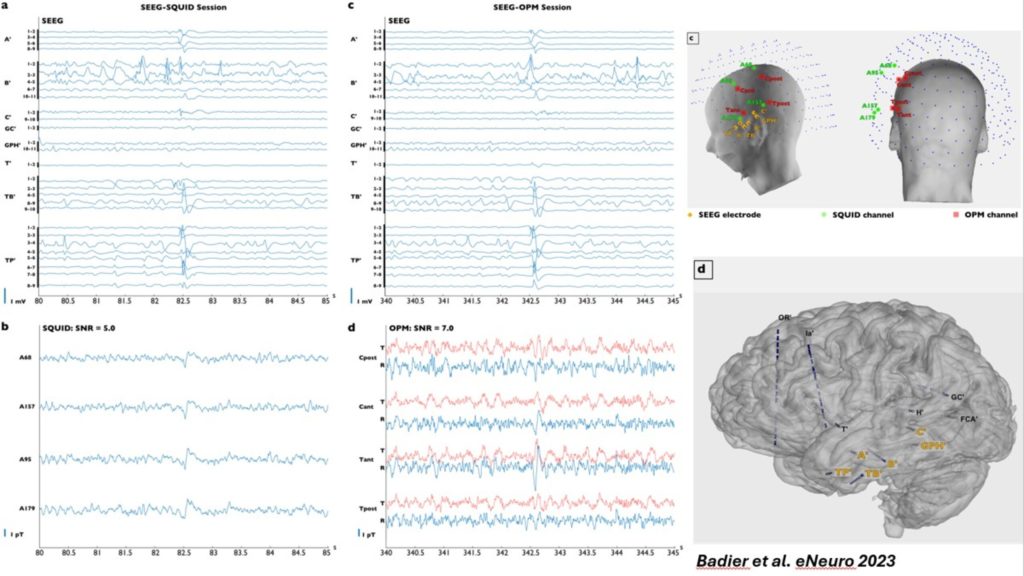1. Epilepsy and brain mapping
Localization of epileptic discharges and pre-surgical functional brain
mapping are the most common clinical applications of MagnetoEncephaloGraphy (MEG).
Approximately 0.6% of the population are living with epilepsy. Around a third of patients do not respond to medication. These patients may be considered for surgery, with the aim of removing the region of the brain causing the seizures.
When planning for epilepsy surgery, multiple potential sites for resection may be identified through anatomical imaging. Multiple neuroimaging techniques are often used, including Magnetic Resonance Imaging (MRI), single-photon emission computed tomography (SPECT) and scalp electroencephalography (EEG) but they do not provide a high spatial resolution information to confirm the expected epileptogenic focus or choose between potential candidates. MEG is used in routine clinical practice as a non-invasively method to guide or avoid intracranial EEG, a very invasive one that can be undertaken sometimes.
MEG is also used clinically to map functional areas of the brain prior to tumor removal, affecting 1.6 million people per year. It is a crucial tool to preserve main functional areas of the brain during surgery to avoid irreversible disabilities resulting from their damage.


